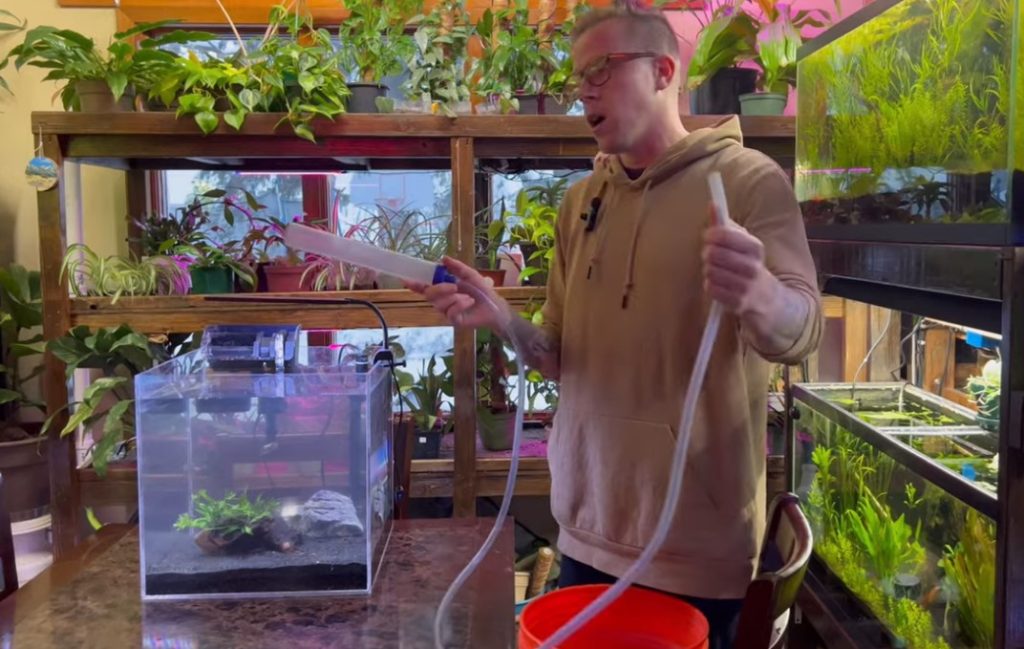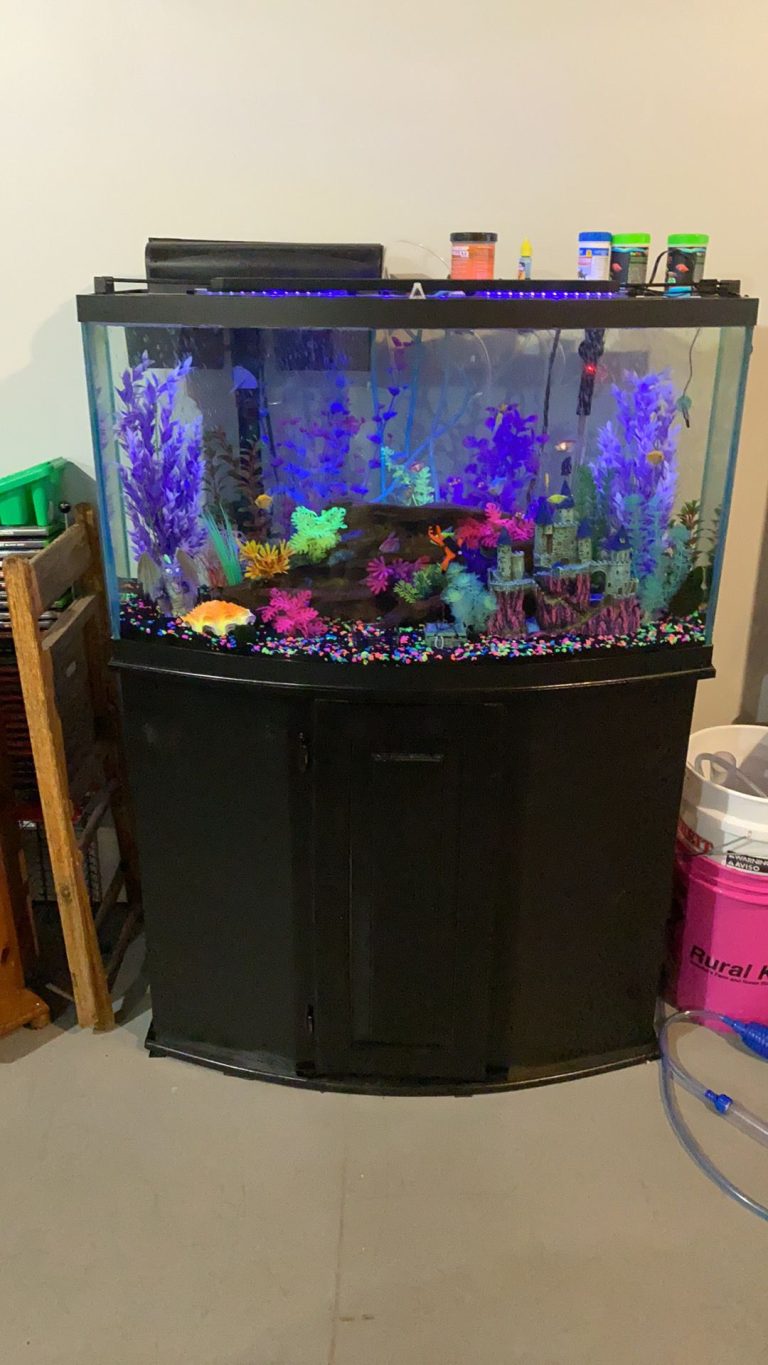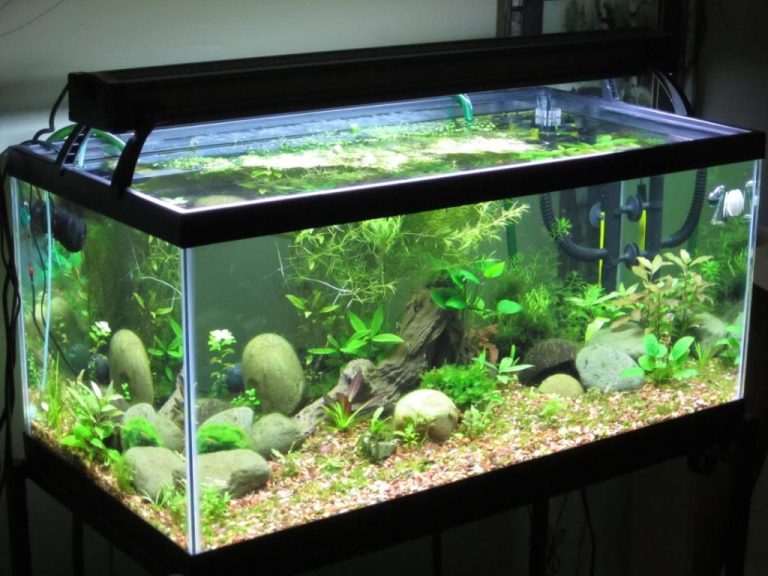How To Clean A Fish Tank
How to Clean a Fish Tank: The Ultimate Guide
Cleaning a fish tank is an essential part of maintaining a healthy and thriving aquatic environment for your fish. Regular tank cleaning not only keeps the water clear and free of harmful toxins but also ensures that your fish are happy and healthy. In this comprehensive guide, we will walk you through the step-by-step process of cleaning a fish tank and provide you with useful tips and tricks to make the task easier. So, let’s dive in!
1. Gather Your Cleaning Supplies
Before you start cleaning your fish tank, it’s crucial to gather all the necessary cleaning supplies. Here’s a list of items you’ll need:
– A clean bucket or container
– A siphon or gravel vacuum
– Clean, non-abrasive sponge or cloth
– Algae scraper or pad
– Water conditioner
– Aquarium salt (if needed)
– Clean, warm water
– A net (optional)
– Rubber gloves (optional)
Having these supplies ready will make the cleaning process smoother and more efficient.

2. Turn Off and Unplug All Equipment
To ensure your safety and prevent any damage to your equipment, turn off and unplug all the electrical devices connected to your fish tank. This includes heaters, filters, air pumps, and lights. It’s essential to disconnect them from the power source before beginning the cleaning process.
3. Remove and Clean Decorations
Start the cleaning process by removing all the decorations from your fish tank. This includes plants, rocks, caves, and any other items that are not affixed to the tank. Gently scrub the decorations using warm water and a non-abrasive sponge or cloth to remove any algae or debris. Rinse them thoroughly and set them aside to dry.
4. Clean the Glass
Next, it’s time to clean the glass surfaces of your fish tank. Use an algae scraper or pad to remove any algae buildup. Be gentle and avoid scratching the glass. If you have stubborn algae spots, you can use a razor blade (preferably a plastic one) to carefully scrape them off. Make sure to rinse the glass thoroughly with clean water to remove any residue.
5. Vacuum the Gravel
Using a siphon or gravel vacuum, carefully vacuum the gravel at the bottom of your fish tank. This will remove any waste, uneaten food, and debris that may have settled on the substrate. Move the vacuum in slow, circular motions, making sure to cover every area of the tank. Remember to only vacuum a small portion of the gravel at a time to avoid disturbing beneficial bacteria that may be present.
6. Perform a Water Change
Regular water changes are crucial for maintaining optimal water quality in your fish tank. To perform a water change, start by siphoning out 10-20% of the water using the gravel vacuum. Make sure to siphon from the bottom of the tank to remove any accumulated waste. Replace the removed water with clean, conditioned water that matches the temperature and parameters of your tank. Use a water conditioner to remove chlorine and chloramine, and add aquarium salt if necessary for specific fish species.
7. Clean the Filter
The filter is the heart of your fish tank’s filtration system, so it’s important to keep it clean and running smoothly. Check the manufacturer’s instructions for your specific filter type to properly clean and maintain it. In general, you’ll need to rinse the filter media with water taken from the tank to remove debris and buildup. Avoid using tap water or any cleaning agents, as they can kill beneficial bacteria.
8. Reassemble and Turn On Equipment
Once you’ve completed the cleaning process, it’s time to reassemble your fish tank. Place the cleaned decorations back into the tank and carefully arrange them as desired. Reconnect and turn on all the electrical equipment, ensuring that everything is functioning correctly. Monitor the tank for any leaks or unusual sounds, and make any necessary adjustments.
Frequently Asked Questions
Q: How often should I clean my fish tank?
The frequency of cleaning depends on various factors, such as the size of the tank, the number of fish, and the type of filtration. In general, a thorough cleaning should be done every 2-4 weeks, while partial water changes can be performed weekly to maintain water quality.
Q: Can I clean the fish tank with soap or household cleaners?
No, you should never clean your fish tank or its accessories with soap or household cleaners. These substances can be toxic to fish, even in small amounts. Stick to using warm water, non-abrasive sponges or cloths, and aquarium-safe cleaning products.
Q: How do I remove stubborn algae from the glass?
Stubborn algae spots can be removed by using a plastic razor blade or an algae scraper designed for aquarium use. Be careful not to scratch the glass or apply too much pressure, as this could cause damage.
Final Thoughts
Keeping a clean fish tank is essential for the health and wellbeing of your aquatic pets. By following the step-by-step process outlined in this guide, you can maintain a clean and vibrant fish tank that will delight both you and your fish. Remember to be patient and gentle during the cleaning process, taking care to preserve the delicate balance of the tank ecosystem. With regular maintenance and proper care, your fish tank will continue to be a beautiful and thriving home for your fish for years to come. Happy fish-keeping!






